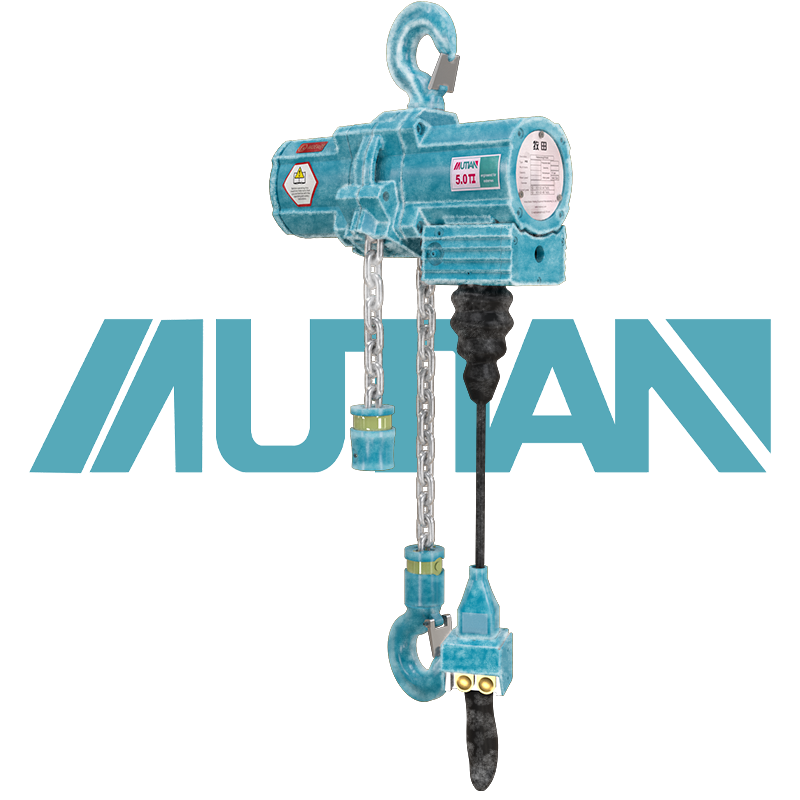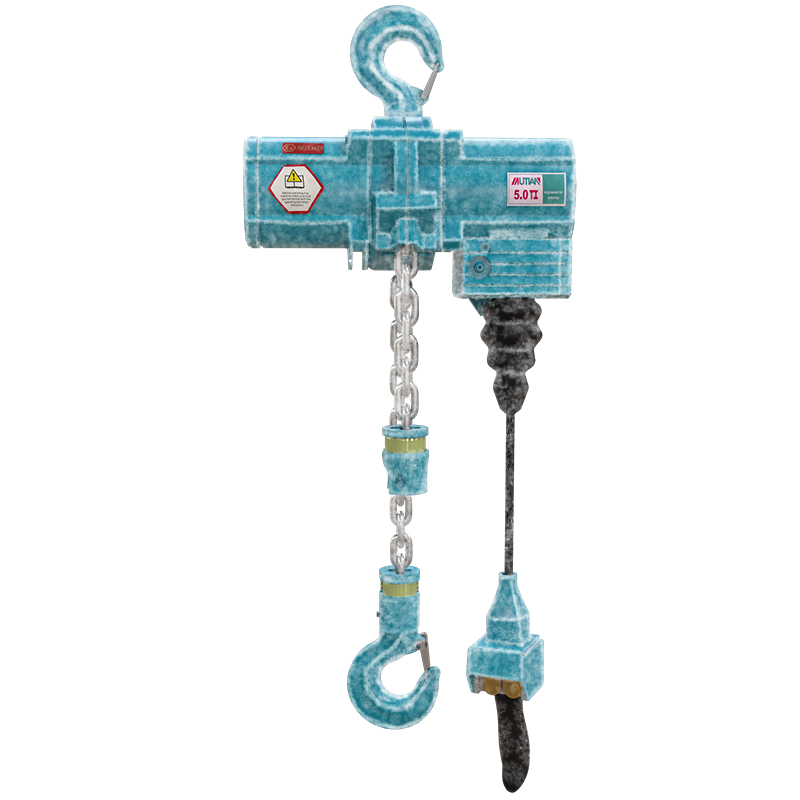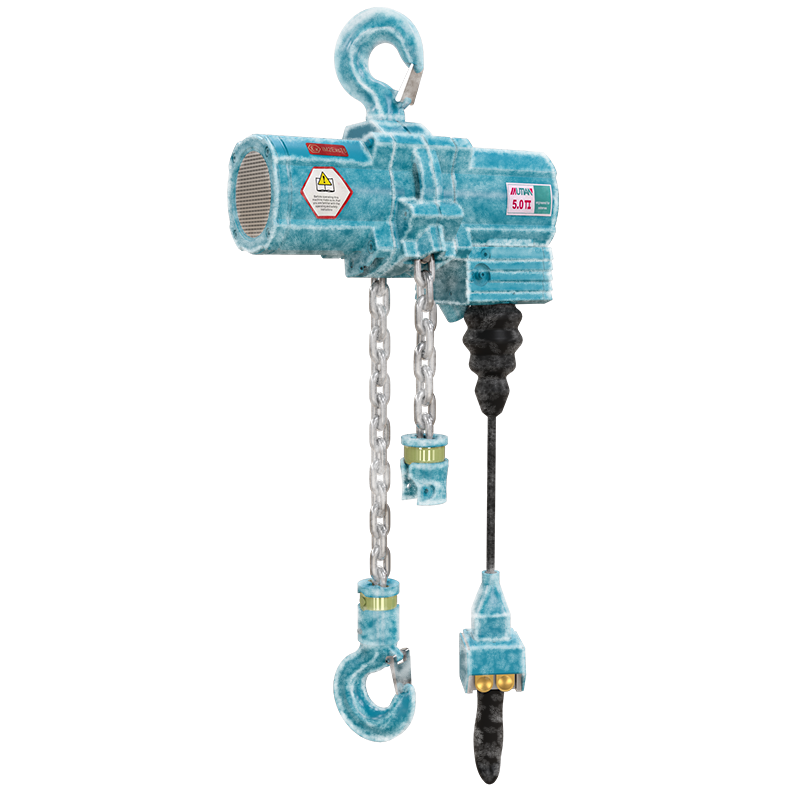 中文版
中文版



Welcome to contact us by phone:0086-0312-7969888
When using a cold-resistant pneumatic crane in low-temperature environments, it's important to pay attention to several key factors to ensure safe and efficient operation. Here are considerations and precautions to keep in mind:
Manufacturer's Guidelines: Strictly adhere to the manufacturer's guidelines and recommendations for the specific cold-resistant pneumatic crane model. Follow the instructions provided in the user manual, including specifications for operating temperature ranges, maintenance procedures, and safety precautions.
Operating Temperature Range: Be aware of the specified operating temperature range for the crane. Avoid using the crane outside of the recommended temperature limits, as this can affect its performance and safety.
Prevent Moisture Ingress: Cold environments may lead to the formation of ice and condensation. Ensure that the crane is equipped with effective seals and insulation to prevent moisture ingress, which can cause freezing and affect the crane's components.
Lubrication Maintenance: Regularly check and maintain the lubrication system. Lubricants suitable for cold temperatures should be used, and lubrication points should be inspected to prevent the formation of ice or solidified lubricants.
Inspect Seals and Gaskets: Verify the integrity of seals and gaskets to ensure they remain flexible and provide a tight seal. Damaged or frozen seals can compromise the crane's protection against moisture and cold air.
Control System Operation: Test and ensure the proper functioning of the control system in cold conditions. Control buttons, levers, and remote control devices should be designed to operate effectively in low temperatures, and operators should be familiar with their use.
Braking System: Verify the effectiveness of the braking system in cold temperatures. Properly functioning brakes are essential for maintaining control during lifting and lowering operations, especially in icy conditions.
Inspect Load Chain or Wire Rope: Check the condition of the load chain or wire rope. Cold temperatures can affect the flexibility and strength of lifting mediums, so regular inspections are crucial to identify any signs of wear, damage, or deterioration.
Emergency Procedures: Familiarize operators with emergency procedures specific to cold environments. Ensure that personnel know how to respond to emergencies such as equipment malfunctions, power failures, or adverse weather conditions.
Operator Training: Provide thorough training for crane operators regarding the specific features and considerations of the cold-resistant pneumatic crane. Operators should be aware of potential challenges in cold conditions and know how to operate the crane safely.
Regular Inspections and Maintenance: Implement a routine inspection and maintenance schedule. Cold-resistant cranes should undergo regular checks to identify and address any issues promptly. Maintenance activities should be carried out in accordance with the manufacturer's recommendations.
Environmental Considerations: Take into account external factors, such as wind chill and additional loads due to snow or ice accumulation. Adjust crane operations accordingly to ensure stability and safety.
By paying close attention to these factors and implementing proper maintenance and operational practices, users can maximize the performance and safety of cold-resistant pneumatic cranes in challenging cold environments. Regular inspections and adherence to guidelines contribute to the longevity and reliability of the equipment.


X